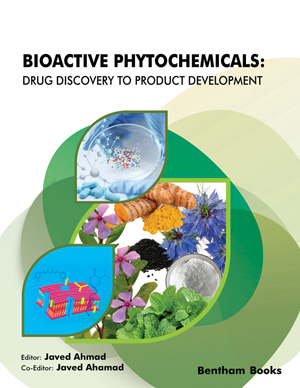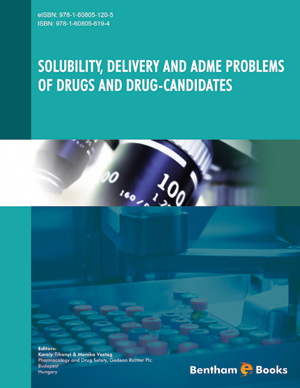Abstract
Regulation of motivated behavior toward both natural stimuli and drugs of abuse is among functions where the endocannabinoid system is deeply engaged. In fact, endocannabinoids and their receptors (CB1) are abundant in the limbic system and, particularly, they serve as retrograde signaling molecules at synapses onto midbrain dopamine (DA) neurons in the ventral tegmental area (VTA). These neurons are involved in neural processing contributing to drug addiction and DA plays a crucial role as learning signal, by changing the synaptic strength of neural circuits involved in action selection to optimize goal-directed behavior.
Endocannabinoids regulate different forms of synaptic plasticity in the VTA, exert a critical modulation of DA release and, ultimately, of the circuits within the limbic systems driving motivated behaviors. Hence, it is not surprising that drugs of abuse, namely alcohol, nicotine, opioids and psychostimulants exert wide arrays of effects on the endocannabinoid system, by affecting endocannabinoid release and catabolism as well as modulation of the functions and number of cannabinoid CB1 receptors. On the other hand, by genetic or pharmacological manipulation of the endocannabinoid system we can modulate neurochemical and neurophysiological effects of the drugs as well as their behavioral actions in experimental animals predictive of their addicting properties in humans. Accordingly, blockade of CB1 receptors was a promising therapeutic strategy against drug addiction, although rimonabant (the only clinically tested CB1 antagonist) was withdrawn due to serious side effects such as depression and suicide. These adverse effects though underscore the general role that the endocannabinoid system plays in the regulation of reward and motivation. Nevertheless, other drugs are emerging, i.e. the indirect cannabinoid agonists, which enhance endocannabinoids by blocking their catabolism or membrane transport, that are efficacious in animal model of relapse to drug addiction and that might prove beneficial in humans.
Keywords: Endocannabinoids, anandamide, 2-arachidonoylglycerol, dopamine neurons, synaptic plasticity, cannabinoid receptors, nicotine addiction, rimonabant, drug addiction, opiate addiction, morphine, alcohol, cocaine, psychostimulants, long-term synaptic plasticity, short-term synaptic plasticity, fatty acid amide hydrolase (FAAH), reward, relapse, oleoylethanolamide.






















